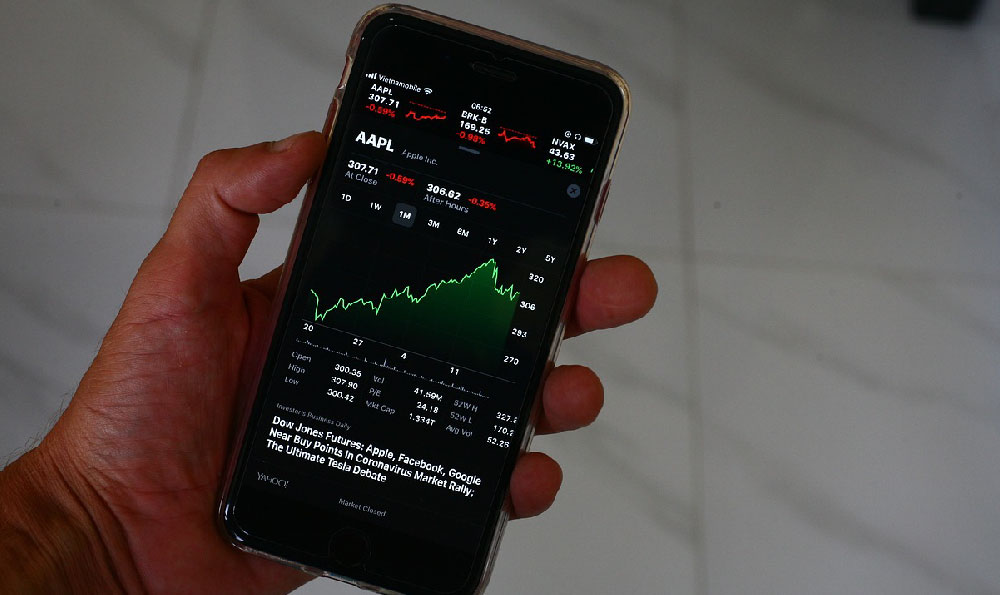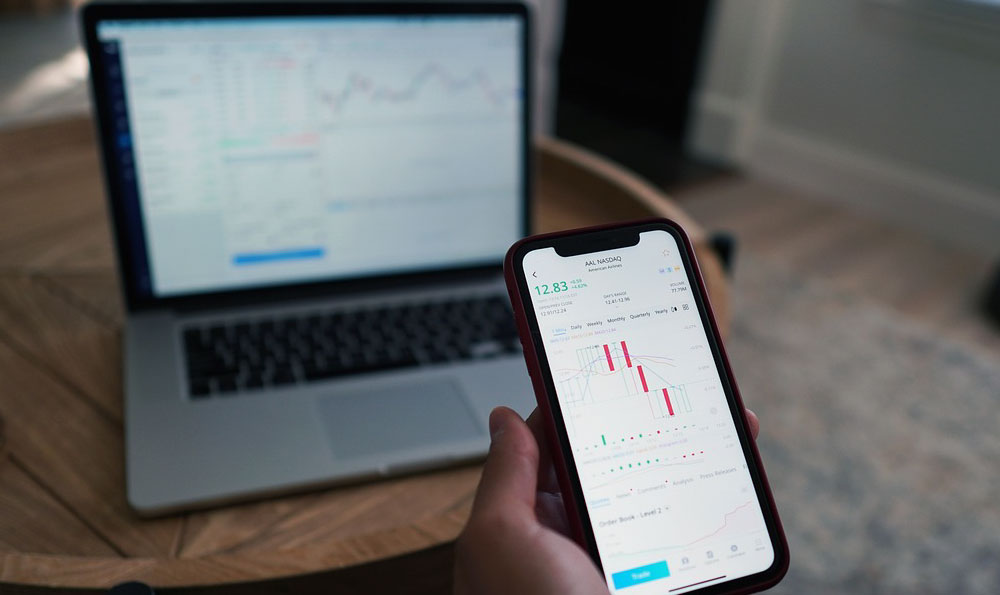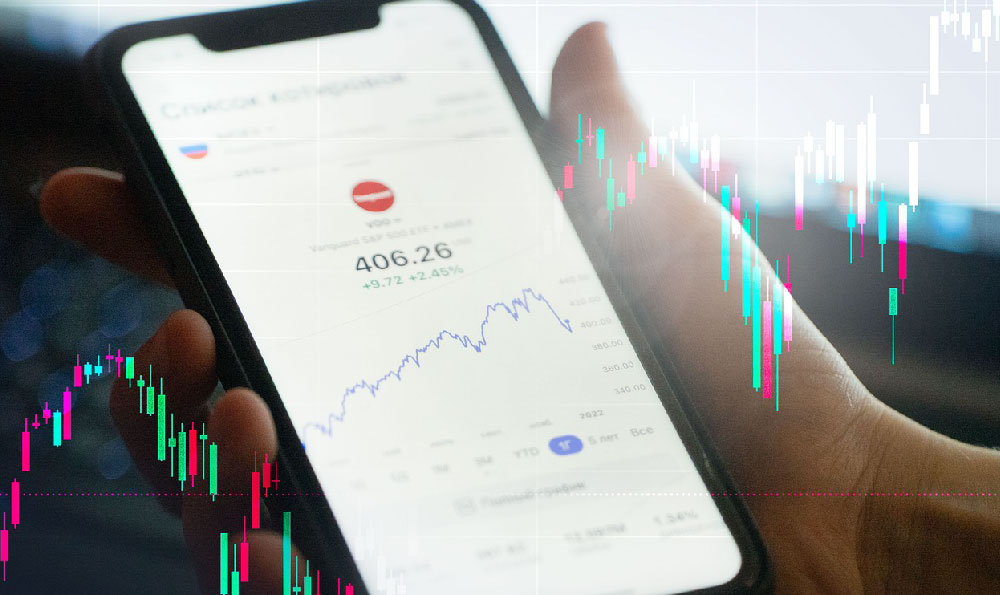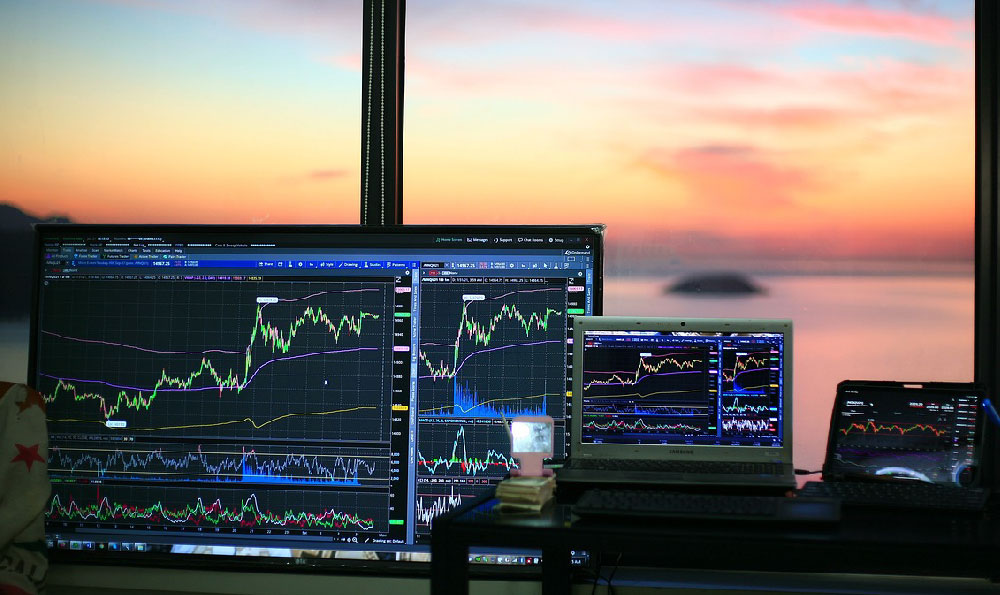How Did George Soros Get Rich? What Strategies Made Him Successful?

George Soros, a name synonymous with astute financial maneuvering and significant philanthropic endeavors, built his fortune through a combination of deep market understanding, a willingness to take calculated risks, and a contrarian investment philosophy. While simplified narratives often portray him as merely a "currency speculator," the reality is far more nuanced, encompassing a broader range of investment strategies and a profound grasp of geopolitical and macroeconomic forces. Understanding the mechanics of his success requires dissecting several key components of his approach.
One of Soros’s defining characteristics is his embrace of reflexivity, a concept he developed and heavily relied upon. Reflexivity suggests that investor perceptions can influence the very events they are attempting to predict, creating self-fulfilling prophecies or feedback loops. In essence, markets are not always efficient reflectors of underlying reality but are actively shaped by participants' beliefs and actions. Soros’s genius lay in recognizing and exploiting these reflexive processes. He would identify situations where prevailing market sentiment was disconnected from fundamental realities and anticipate how market participants' actions would ultimately exacerbate the disconnect before reversing course. For instance, he famously shorted the British pound in 1992, betting that the UK's commitment to the Exchange Rate Mechanism (ERM) was unsustainable. He understood that the UK government's attempts to defend the pound's value would ultimately prove futile due to underlying economic weaknesses and the sheer scale of speculative pressure. As investors piled on to the short position, driven by the same understanding, Soros's initial bet was magnified, leading to a massive profit when the UK was forced to devalue the pound and exit the ERM. This example encapsulates reflexivity: the belief that the pound was overvalued, fueled by Soros's bet and others following suit, ultimately contributed to its downfall.
Beyond reflexivity, Soros possessed an uncanny ability to identify and capitalize on global macroeconomic trends. He paid close attention to government policies, economic indicators, and geopolitical events, seeking out imbalances and opportunities for arbitrage. He wasn't afraid to go against the prevailing wisdom, a crucial trait of successful contrarian investors. This ability to identify and act on emerging trends requires rigorous research and a deep understanding of global finance. He built a strong team of analysts and researchers who provided him with the necessary data and insights to make informed investment decisions. He emphasized continuous learning and adaptation, constantly refining his strategies in response to changing market conditions. This intellectual curiosity and willingness to challenge conventional thinking were instrumental in his success.

Furthermore, Soros's risk management approach, while seemingly bold, was grounded in careful calculation and diversification. While he was known for taking large, concentrated positions, he always ensured that his overall portfolio was diversified across different asset classes and geographic regions. This allowed him to mitigate the impact of any single investment going wrong. He also used stop-loss orders and other risk management tools to limit potential losses. He didn't blindly bet the farm; instead, he systematically assessed the potential upside and downside of each investment and adjusted his position accordingly. He understood that even the most well-researched investment can go wrong, and he was prepared to cut his losses quickly when necessary.
Soros's philanthropic activities, while seemingly separate from his investment career, also reveal a deeper understanding of systemic risk and the interconnectedness of global markets and societies. Through the Open Society Foundations, he has invested billions of dollars in promoting democracy, human rights, and social justice around the world. This commitment to addressing global challenges suggests that he sees his investment activities as part of a larger effort to create a more stable and equitable world. A stable global environment, in turn, reduces overall systemic risk and provides a more fertile ground for long-term investment.
It's important to note that Soros's success is not easily replicable. His unique combination of intelligence, market acumen, risk tolerance, and access to information is rare. Moreover, the market landscape has changed significantly since his most prominent trades, with increased regulatory scrutiny and sophisticated risk management tools making it more difficult to exploit market inefficiencies. However, aspiring investors can still learn valuable lessons from his approach. These lessons include the importance of understanding market psychology, conducting thorough research, diversifying risk, and being willing to challenge conventional wisdom. Ultimately, Soros's legacy extends beyond mere financial success. He demonstrated the power of independent thinking, the importance of challenging prevailing assumptions, and the potential for finance to be used as a tool for positive social change. He proved that success in the investment world requires not only financial expertise but also a deep understanding of the human and social forces that shape global markets.















